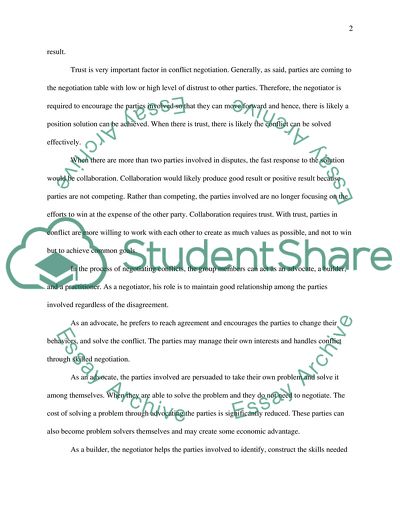Cite this document
(“Key Dimensions of Relationship in Negotiating Conflicts Book Report/Review - 2”, n.d.)
Retrieved from https://studentshare.org/psychology/1562920-integration-paper
Retrieved from https://studentshare.org/psychology/1562920-integration-paper
(Key Dimensions of Relationship in Negotiating Conflicts Book Report/Review - 2)
https://studentshare.org/psychology/1562920-integration-paper.
https://studentshare.org/psychology/1562920-integration-paper.
“Key Dimensions of Relationship in Negotiating Conflicts Book Report/Review - 2”, n.d. https://studentshare.org/psychology/1562920-integration-paper.


